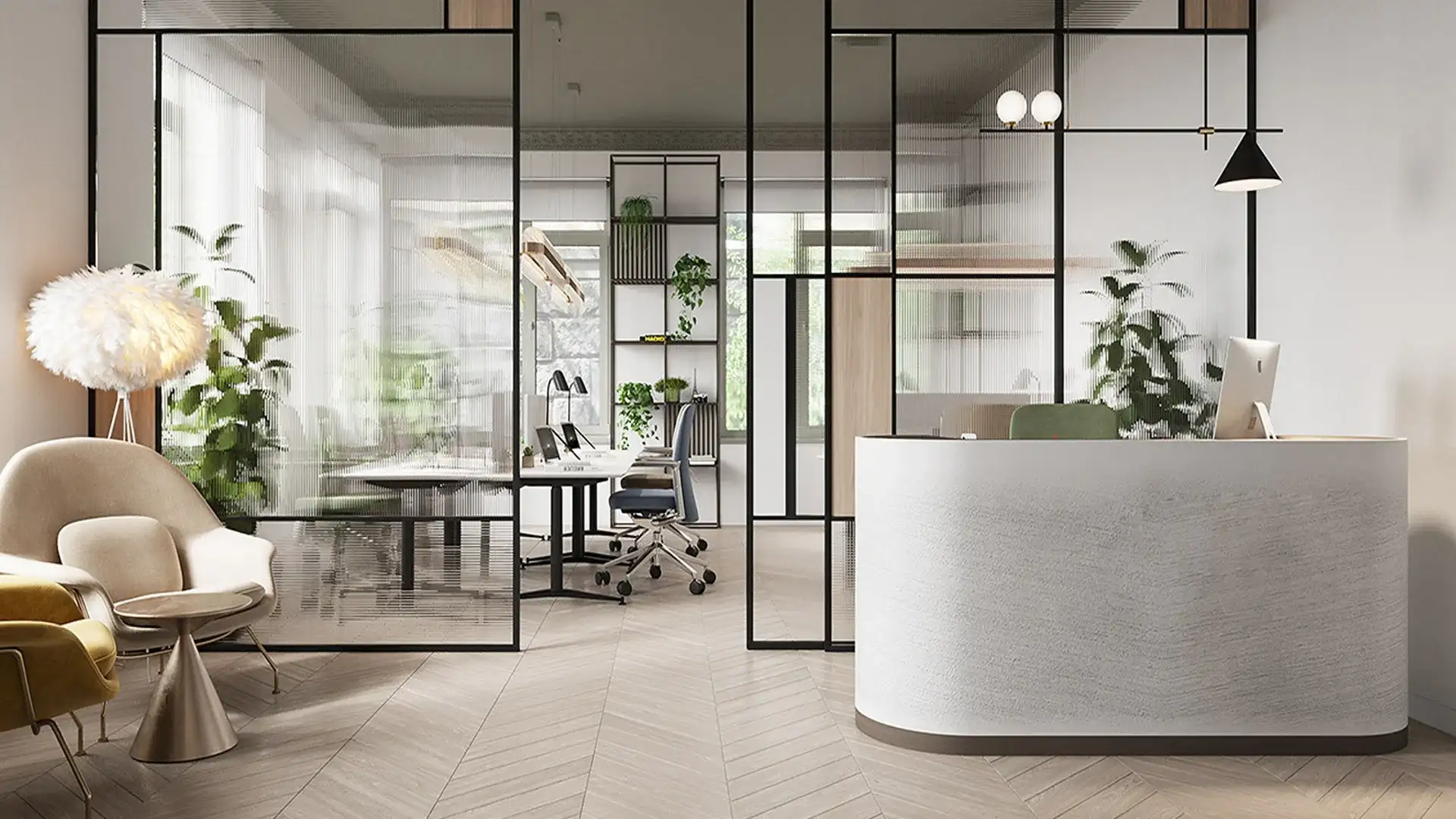
Image Source: Google
Commercial interior design is a dynamic field that involves creating functional and aesthetically pleasing spaces for businesses. It requires a unique blend of creativity, technical skills, and a deep understanding of how people interact with their environment. In this article, we will explore the art of transforming spaces from the perspective of a commercial interior designer.
The Role of a Commercial Interior Designer
Commercial interior designers play a crucial role in shaping the look and feel of a business environment. They work closely with clients to understand their needs and objectives, and then translate those into design concepts that enhance the space and support the business's goals. Some key responsibilities of an affordable commercial interior designer include:
- Space planning and layout design
- Selection of colors, materials, and finishes
- Furniture selection and placement
- Lighting design
- Creating a cohesive design concept that reflects the brand identity
Understanding the Client's Needs
One of the first and most important steps in the design process is to understand the client's needs and goals for the space. A commercial interior designer will work closely with the client to gather information about the business, its culture, brand identity, and the specific functions that the space needs to serve. This information will serve as the foundation for the design concept and will ensure that the final result meets the client's expectations.
Creating Functional and Aesthetic Designs
Commercial interior designers are experts at creating spaces that are both functional and aesthetically pleasing. They carefully consider factors such as traffic flow, spatial organization, and accessibility to ensure that the space is easy to navigate and use. At the same time, they use their creative skills to select colors, materials, and finishes that enhance the overall look of the space and create a welcoming atmosphere for employees and customers.
The Design Process
The design process in commercial interior design typically follows a series of steps that guide the project from concept to completion. These steps may vary depending on the scope and complexity of the project, but generally include the following:
Concept Development
- Brainstorming ideas based on the client's needs and objectives
- Creating mood boards and design sketches to explore different concepts
- Presenting the concept to the client for feedback and approval
Design Development
- Refining the design concept based on client feedback
- Developing detailed drawings and specifications for the space
- Collaborating with contractors and vendors to select materials and finishes
Implementation
- Overseeing the construction and installation process
- Coordinating with contractors and suppliers to ensure the design is executed correctly
- Making any necessary adjustments to the design as needed during the construction phase
Challenges and Opportunities in Commercial Interior Design
Commercial interior design presents a unique set of challenges and opportunities for designers. Some common challenges include:
- Balancing the client's vision with practical considerations such as budget and timeline
- Navigating building codes and regulations to ensure compliance
- Managing multiple stakeholders and coordinating with various contractors and vendors
Despite these challenges, commercial interior design also offers many opportunities for creativity and innovation. Designers have the chance to transform ordinary spaces into extraordinary ones that inspire and motivate those who use them. By staying current with design trends and technologies, designers can push the boundaries of what is possible and create truly impactful spaces.
Conclusion
Commercial interior design is a rewarding and dynamic field that requires a unique blend of creativity, technical skills, and collaboration. By understanding the client's needs, creating functional and aesthetic designs, and navigating the design process with skill and expertise, commercial interior designers have the power to transform spaces and enhance the overall experience for those who use them.
Share this post: on Facebook on Google+